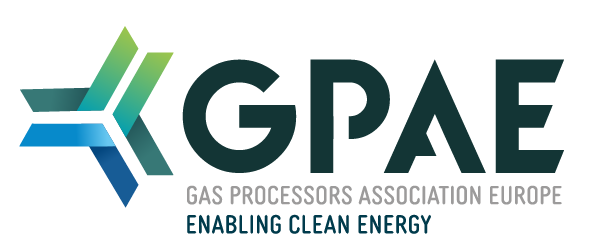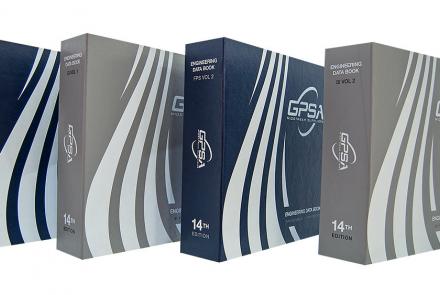Order your copy of the The GPSA Engineering Databook. The 14th edition is almost 1,000 pages of technical information and is the worldwide authoritative resource for technical and design information.
A Method of Predicting Transient Pipeline Holdup and Liquid Outflow
At the AGM in London last November doubts were raised over the value of two-phase flow correlations. The purpose of this paper is to recall the experimental work carried out by Esso Australia on gas condensate pipelines in the Bass Strait, published in the Oil & Gas Journal in 1978, and its significance. The author, R. Cunliffe, had made two key observations on pipeline behaviour following a step change in gas flow. One concerned a phenomenon that he termed the transit time. The other concerned the validity of two phase flow holdup correlations, the Eaton method providing the best fit for the experimental data.Using Cunliffe’s observations, a method was developed for predicting transient pipeline behaviour in which the relationship between liquid outflow and pipeline holdup could be treated in the same way as a first order chemical reaction. This method was subsequently used for a number of gas fields including the Shell SE Indefatigable project in the North Sea, and the onshore Karachaganak project in Kazakhstan. In setting the operating parameters, in effect the operating policy for the pipeline, Owner participation is vital.
The presentation will conclude with a more general review of some design problems in gas plants, and how they can be solved in a straightforward manner.
Past Paper Download
Price
£50.00
Variations
Quick Links
My Licences
You have not purchased any GPA Europe Membership yet.
Visit our Membership area to select the Membership that is right for you and checkout.



